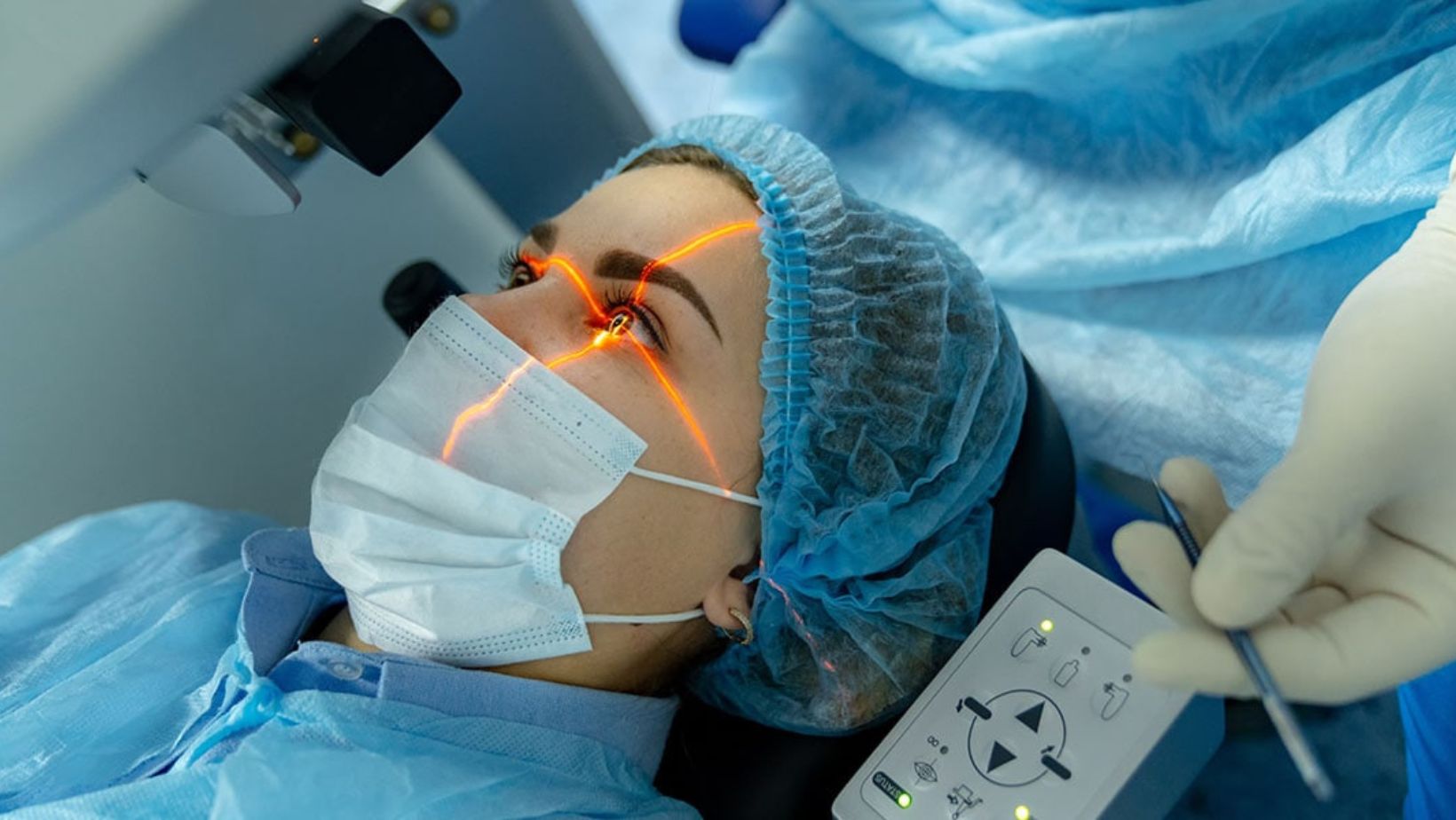For many people, the idea of waking up and seeing the world clearly without the need for glasses or contact lenses is nothing short of a dream come true. LASIK (Laser-Assisted In Situ Keratomileusis) has become one of the most popular vision correction procedures, offering millions of people the chance to enjoy improved vision. However, a common question that arises when considering LASIK is: Is it painful? Let’s dive into what you can expect during and after the procedure to ease any concerns you might have.
Understanding LASIK: A Quick Overview
LASIK is a minimally invasive surgical procedure that reshapes the cornea to correct refractive errors like nearsightedness, farsightedness, and astigmatism. The entire process typically takes less than 30 minutes for both eyes, and most patients notice a significant improvement in their vision almost immediately.

But what about discomfort? Let’s break it down.
Is LASIK Painful? The Short Answer
The good news is that LASIK is not considered a painful procedure. Thanks to advancements in technology and the use of numbing eye drops, most patients report feeling little to no pain during the surgery. However, it’s important to understand that everyone’s experience is unique, and some may feel mild pressure or discomfort. Let’s explore what happens during the procedure and how it feels.
What to Expect During the LASIK Procedure
- Preparation:
Before the surgery begins, your surgeon will administer numbing eye drops to ensure your eyes are completely comfortable. You’ll also be given a mild sedative to help you relax. At this stage, you might feel a slight stinging sensation from the drops, but this subsides quickly.
- Creating the Flap:
During the procedure, a specialized laser or microkeratome is used to create a thin flap in the cornea. You may feel a sensation of pressure, but it’s not painful. Some patients describe it as a gentle suction feeling.
- Reshaping the Cornea:
Once the flap is created, the excimer laser is used to reshape the cornea. This part of the procedure is painless, though you may notice a faint clicking sound or a slight smell (often compared to burning hair) as the laser works.
- Reattaching the Flap:
After the cornea is reshaped, the flap is carefully repositioned. No stitches are needed, as the flap adheres naturally. At this point, your vision may already feel clearer, though it might be slightly blurry due to the numbing drops.
What to Expect After LASIK: Recovery and Sensations
While the procedure itself is relatively pain-free, it’s normal to experience some discomfort during the recovery period. Here’s what you might feel after LASIK:
- Immediately After Surgery:
Right after the procedure, your eyes may feel gritty, itchy, or watery. This is a normal part of the healing process and usually lasts for a few hours. You might also experience sensitivity to light and mild burning sensations. Your surgeon will provide you with lubricating eye drops and possibly a mild pain reliever to manage any discomfort.
- The First 24-48 Hours:
Most patients notice a significant improvement in their vision within the first day, but it’s common to experience fluctuations in clarity during the initial healing phase. You may also feel some dryness, which can be managed with prescribed artificial tears. Resting your eyes and avoiding screens can help speed up recovery.
- The First Week:
By the end of the first week, any discomfort or dryness should subside significantly. However, it’s crucial to follow your surgeon’s post-operative instructions, such as avoiding rubbing your eyes, wearing eye protection at night, and attending follow-up appointments.
- Long-Term Recovery:
Most patients achieve stable vision within a few weeks to a few months. While rare, some individuals may experience lingering dryness or halos around lights at night. These symptoms typically resolve over time or can be managed with additional treatments.
Tips for a Smooth LASIK Experience
To minimize discomfort and ensure the best possible outcome, consider the following tips:
- Choose an Experienced Surgeon:
The skill and expertise of your surgeon play a significant role in your LASIK experience. If you’re considering the procedure, it’s worth exploring options to get LASIK at Chicago Arbor Eye, where a team of specialists can guide you through the process with care and precision.
- Follow Pre- and Post-Op Instructions:
Your surgeon will provide specific guidelines to prepare for the procedure and care for your eyes afterward. Adhering to these instructions can help reduce the risk of complications and ensure a smoother recovery.
- Communicate Any Concerns:
If you experience unusual pain or discomfort during or after the procedure, don’t hesitate to contact your surgeon. They’re there to support you throughout the process.
Final Thoughts: Is LASIK Worth It?
While LASIK may involve some mild discomfort during the recovery phase, the vast majority of patients agree that the benefits far outweigh any temporary sensations. Imagine the freedom of waking up to clear vision, no longer needing to fumble for glasses or deal with the hassle of contact lenses. For many, LASIK is a life-changing procedure that offers not just improved vision but also a boost in confidence and quality of life—especially when you have LASIK at LaserVue Eye, where expert care and advanced technology go hand-in-hand.

In the end, the question isn’t just “Is LASIK painful?” but rather “Is LASIK worth it?” For countless individuals, the answer is a resounding yes.
